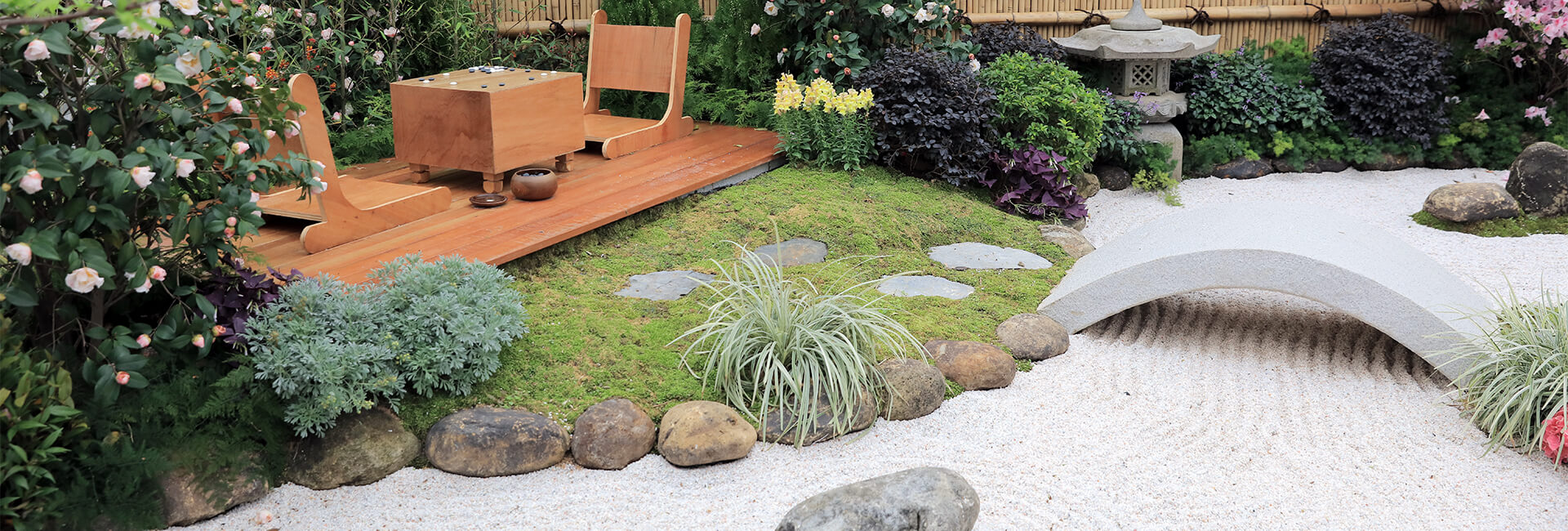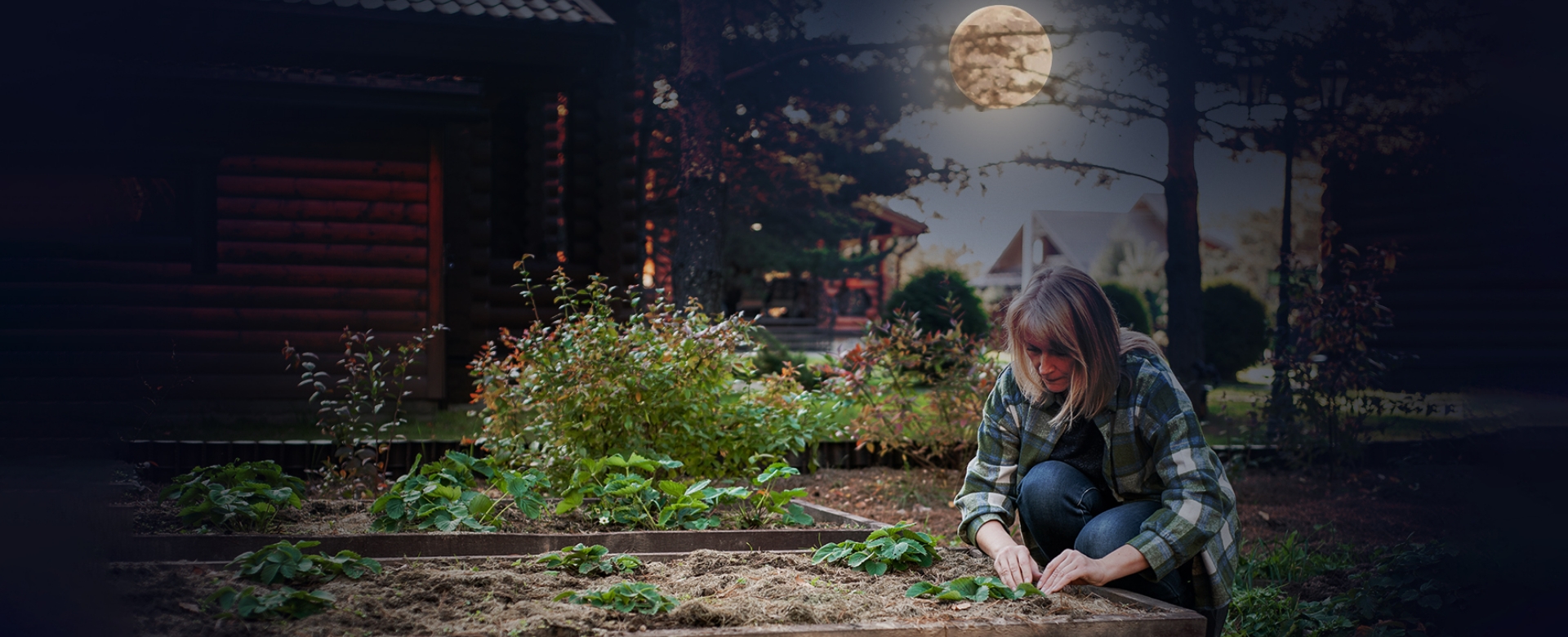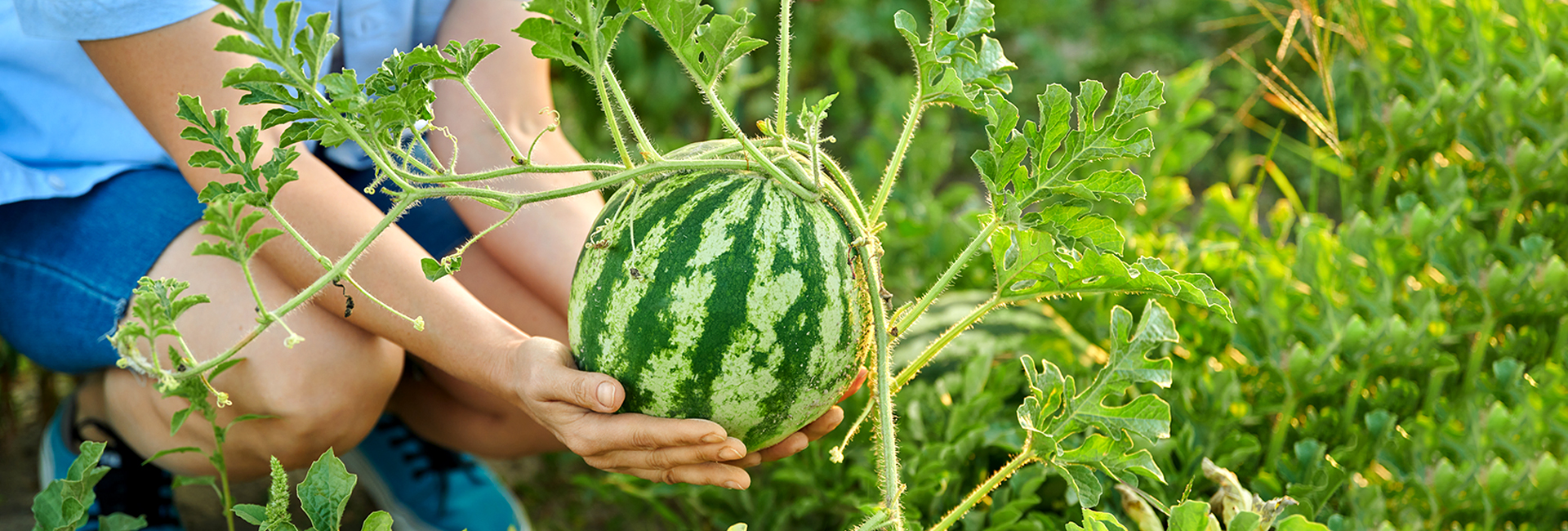Do you have an unused corner in your garden or yard that’s perfect for a flower bed?
Corners aren’t always easy to utilize in flower gardens. In some cases, the corners of the yard or garden are difficult to access. Or they might be overshadowed by taller plants in the yard and not have great sightlines.
However, if the space is easy to access and visible, there are numerous corner flower garden design ideas you can try to maximize and transform your space.
Looking for some inspiration?
From choosing the right plants, to considering accents like trellises or statues, these corner landscaping ideas will turn underutilized corners into showy, eye-catching focal points of your garden or yard. No matter your level of gardening, use these design ideas to update and maximize your space.
How to Choose the Right Plants for Your Corner Garden
Remember, planning is the key to starting a successful flower garden. A little research will ensure the plants you choose thrive and put on a blossoming display year after year.
Start with these considerations:
1. Size and Shape:
Consider the mature size of the plants to ensure they have enough space to grow without overcrowding each other. A new forsythia bush can double or triple in size in 1-2 seasons. Similarly, the shape of the plant is equally important. Some grow upright, some spread out, and others climb. Use these varying shapes to create depth and layers.
2. Colors:
Think about the color palette that you’ll be creating. But also think about the colors through the seasons. You could use daisies and daffodils to bring color in the spring, while vibrant zinnias and asters bring color during the hot summer months. Aim for a succession of flowers from spring through fall for continuous color and interest.
3. Climate and Soil Conditions:
Certain plants flourish in specific sunlight and soil conditions. For instance, lavender loves full sun and well-drained soil, while ferns prefer shady spots and moist, rich soil. Measure the sun in your corner garden spot, and determine if it’s shady, part-sun, or full sun. Choose plants that will thrive in those conditions.
4. Variety of Plants:
Planting a mix of perennials, annuals, shrubs, and climbers can provide interest throughout the growing season. Perennials come back every year, providing a reliable backbone to your garden. Annuals, while they need to be replanted each year, offer a chance to experiment with new colors and textures.
Types of Plants for Corner Landscaping
The plant species you choose depends on your gardening zone and local conditions. However, you can choose plants broadly from these categories:
Perennials:
These are plants that come back year after year. Some examples include Coneflowers, Daylilies, Sedum, and Lavender. These plants add color and require relatively little maintenance once established.
Shrubs:
Dwarf varieties of shrubs can provide structure and year-round interest. Boxwood, Hydrangea, and Rhododendrons are popular choices.
Annuals:
For a burst of color during specific seasons, consider annuals like Petunias, Marigolds, or Impatiens. Remember that these will need to be replanted each year.
Climbers:
If you have a fence or trellis, climbing plants like Clematis, Roses, or Ivy can add height and visual interest.
Grasses and Ferns:
These can provide texture and a nice backdrop for your flowering plants. Consider options like Maiden Grass or Japanese Painted Fern.
Herbs:
Many herbs are not only useful but also pretty to look at. Rosemary, Thyme, and Sage are all hardy, aromatic, and most work well as border plants.
Ultimately, choose flowers and plant species that reflect your personal style and that complement your yard’s natural features.
Corner Garden Design Ideas: Depth, Structure and Style
When it comes to gardening, there’s an endless variety of options you can choose. However, these classic ideas can help you maximize your space and create an eye-catching display.
1. Create Depth
Adding depth is especially important in underutilized corners. Depth will help to create shape and sense of space and helps to draw the eye to the corner of your yard. How do you create depth? One of the easiest ways is to layer plants by height. Choose taller shrubs, flowers and bushes for the back of the bed, and shorter plants and groundcovers for the front. Here are some additional tips and ideas:
Layering:
Layer your plants in terms of their height, color, and texture. Use a mix of trees, shrubs, and groundcovers to add vertical layers. This variety can make your garden feel more spacious and balanced.
Paths and Walkways:
Incorporating curved paths or walkways can create an illusion of depth. As the path winds out of sight, it gives a sense of a longer journey and a larger garden
Focal Points:
Use features like a brightly colored bench, sculpture, or a distinctively shaped or colored plant as a focal point. This draws the eye into the garden, creating a sense of depth.
Use of Shadows and Light:
Play with different lighting techniques or plant positions to cast shadows, which can add an illusion of depth. Also, lighter colors tend to recede while darker colors appear closer, so you can use this to your advantage when choosing plant colors.
2. Add Structure
Structure is all about using non-plant materials to create focal points in the garden or to help better establish the space. Some great ideas for corner gardens include:
Arbors & Trellises:
Provide support for climbing plants, adding vertical interest.
Raised Beds:
Define planting areas, improve drainage, and create varying heights.
Garden Benches:
Offer resting spots while adding a design element.
Pergolas & Gazebos:
Create shaded areas and aesthetic focal points.
Garden Statues & Sculptures:
Add an artistic touch and direct focus.
Pathways:
Guide visitors through the garden, highlighting key areas.
Fences & Walls:
Define boundaries, add privacy, and support climbing plants.
Water Features:
Introduce movement and sound, creating a tranquil atmosphere.
Planters & Containers:
Provide flexible planting options, great for patios or balconies.
Garden Archways:
Frame views, create transitions between different garden sections.
3.Choose a Style
Choosing a garden style comes down to your personal style, climate, and the amount of sun that your corner garden gets. A rock garden is great for a corner that gets full sun and little rain, but that same corner wouldn’t work for woodland plants like bleeding heart. Here are some styles you might choose:
Cottage Garden:
Mix of flowers, herbs, and vegetables for a charming, informal look. This is great for larger corners that get lots of sunlight.
Rock Garden:
Low-maintenance, perfect for highlighting small, drought-resistant plants and stones. Rock gardens are great in dry climates.
Zen Garden:
Rocks, sand, minimal plants for a serene, Japanese-inspired space. This is best in a shady or part-shade corner. You can also add additional plants for a traditional Japanese garden.
Woodland Garden:
Shade-loving plants, trees, and ferns for a forest-like feel. This is great for a corner of the yard that gets shade throughout the day. Hostas, bleeding heart and elephant ear are perfect plants.
Pollinator Garden:
Use native plants to attract birds, butterflies, and beneficial pollinators. Butterfly bush is a must-have plant, but milkweed is great for attracting monarchs.
Container Garden:
These are versatile, easy to maintain gardens that are great for corners of patios or small spaces.
Vertical Garden:
If you have limited space, use climbing plants, hanging baskets, and tall shrubs to maximize space and add height.
Enjoy Your New Corner Flower Bed
Sit back and relax, and enjoy your newly transformed space! These tips will help you transform any corner of your yard into a vibrant oasis. Need some help? Find the latest growing tips and garden supplies at Homegrown Outlet.




